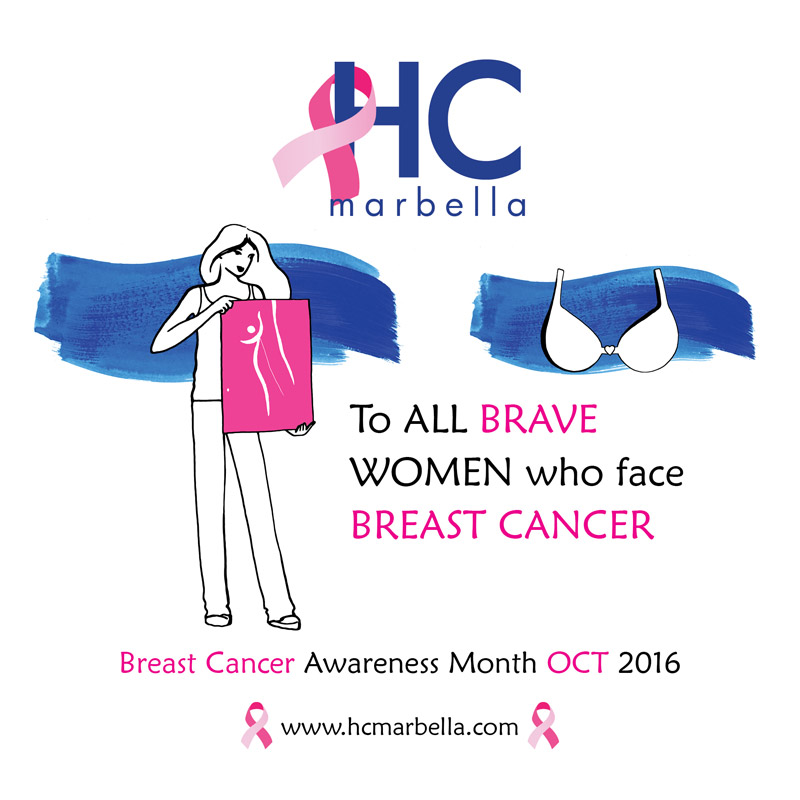
The breasts are the symbol of a woman’s femininity, a crucial part of her sexuality and a bond between mother and child during maternity. But breasts are also the female organs that generate the highest incidence of cancer among women.
The mammogram is undoubtedly the most effective method of cancer screening (the method used for early detection of the disease). It can detect 35% to 45% of tumours smaller than 1 cm, when we can not yet feel them. However, this test is less sensitive on women younger than 40 due to the higher density of the breast tissue at a younger age. Therefore, it is important that women under 40 assess their family-related risks. For example, whether they have any direct relatives with breast cancer in the family or whethert They have ever had a breast disease, to ascertain which check-ups are needed. In these cases, a complementary ultrasound scan diagnose small hidden abnormalities that the mammogram is unable to detect.
All women should be familiar with their own breasts and the changes that occur during the monthly cycle, so they can make an appointment with a gynaecologist if they detect anything unusual. Finally, a clinical breast examination should be part of an annual gynaecological check-up, together with the smear test.
Non-aggressive and cost-effective methods are available today for the early diagnosis of breast diseases.
Gynaecologist. Breast specialist.
October 19, 2016
Read other news
Tel.: +34 952 908 628
+34 609 148 799
952908898 Oncology
951829978 Diagnosis by imaging
951829947 Gynecology
952908897 Fertility
951829947 Physiotherapy